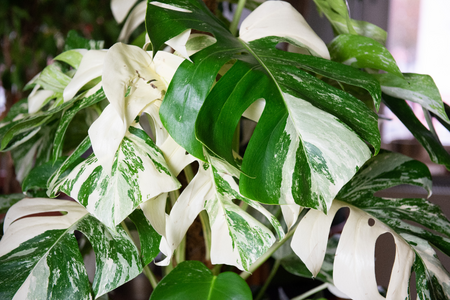
Fancy a glass of lemonade made from own fresh lemons from the garden? How about a lovely G&T with a slice of lime from your very own citrus tree? Growing citrus trees takes a little effort, but the results are well worth it. Here are our top tips on caring for a citrus tree.
Citrus trees – the basics
A citrus tree needs a sunny, sheltered outdoor spot in summer, and a greenhouse or other bright, frost-free location for winter. Lemon and lime trees need a minimum winter night temperature of 10°C (50°F), while kumquats can cope with a slightly lower 7°C (44°F). They usually flower in late winter, and fruits take a year to develop, so you’ll often see fruit and flowers on the tree at the same time. The creamy white flowers are very fragrant.
Where to grow a citrus tree
In all but very mild areas, citrus trees are best grown in pots so that they can be moved indoors in winter. Plant in pots filled with a soil-based compost like John Innes no 2, with added sharp sand or grit for drainage. Use four parts compost to 1 part sand or grit.
Central heating can be a problem for citrus trees in winter, as they don’t like a dry atmosphere. To increase the humidity level around your tree, stand it on a tray filled with gravel, and top up with water to just below the surface of the gravel. Open greenhouse vents on sunny spring days when temperatures inside can soar.
Move your tree outside in late spring, but keep an eye on the weather forecasts and cover the tree with horticultural fleece if frost is forecast. Low temperatures will inhibit flowering.
Citrus tree care tips
-
Citrus trees are hungry plants, so feed regularly during the growing season. From mid-spring to mid-autumn, tomato feed or liquid seaweed solution is ideal. In winter, use a winter citrus feed once a month.
-
Don’t overwater your citrus tree. In summer, wait until the potting compost is partly dried out, then water thoroughly and allow all the water to drain through – don’t leave the plant with its roots sitting in water. In winter, allow the compost to almost thoroughly dry out between waterings. Hand mist trees in winter to increase humidity.
-
Citrus trees don’t need regular pruning, but if necessary, thin out crowded branches in February and cut back the top shoot to promote bushy growth. In summer, pinch out the most vigorous growing tips.
-
Remove any water shoots (fast-growing straight shoots that appear near the base of the plant). Also, remove any shoots that grow from below the graft point on the main trunk.
-
Aphids can be a problem on the indoor-grown plant. To get rid of them, wash the leaves with a soapy solution. Aphids are not usually a problem once the plant is moved outdoors in summer.
Are you interested in growing your own fruit? We have a wide range of citrus and other fruit trees available. Contact us to find out more.




